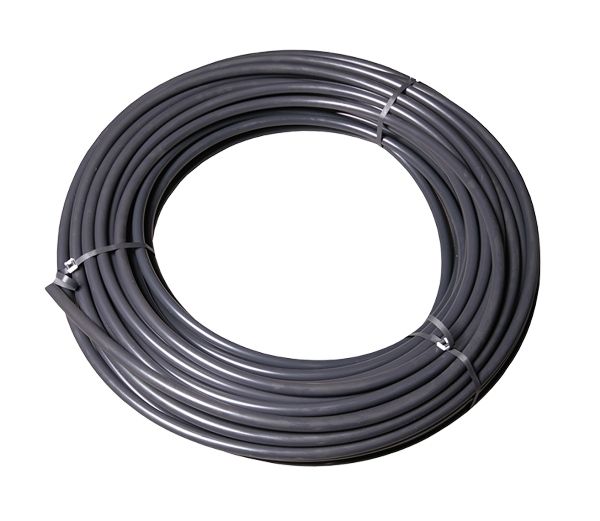
Pipe HDPE 25mm Class10 p/m
Components of HDPE Pipe Class Table
The HDPE pipe class table provides information on the different types of HDPE pipes available in the market. It includes essential features such as diameter, thickness, and pressure rating. The following are the main components of HDPE pipe class table:
1. Diameter HDPE pipes come in different diameters, ranging from 20mm to 1200mm. The diameter is a crucial factor when selecting an HDPE pipe, as it determines the amount of water or gas that can flow through the pipe. The larger the diameter, the higher the flow rate.
2. Thickness The thickness of an HDPE pipe is another essential factor in its classification. HDPE pipes are available in various thicknesses, ranging from 2mm to 110mm. The thickness of the pipe determines its strength and durability.
3. Pressure rating The pressure rating of an HDPE pipe is a measure of its ability to withstand pressure. It is expressed in megapascals (MPa) or pounds per square inch (psi). The higher the pressure rating, the more pressure the pipe can withstand.
High Density Polyethylene, commonly shortened to HDPE, is a thermoplastic polymer and is sometimes called polythene when used for HDPE pipes. As one of the most versatile plastics it's used in a variety of packaging and commercial applications having an outstanding tensile strength and large strength to density ratio.
